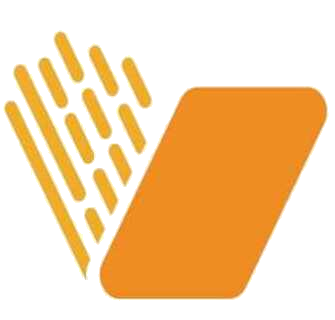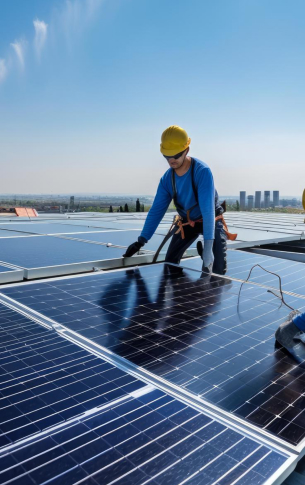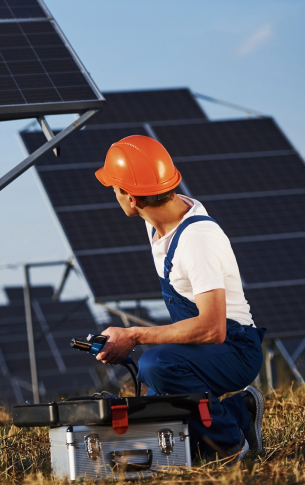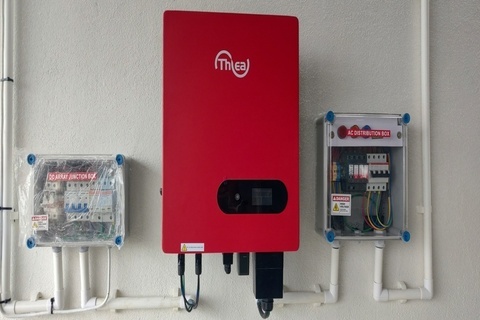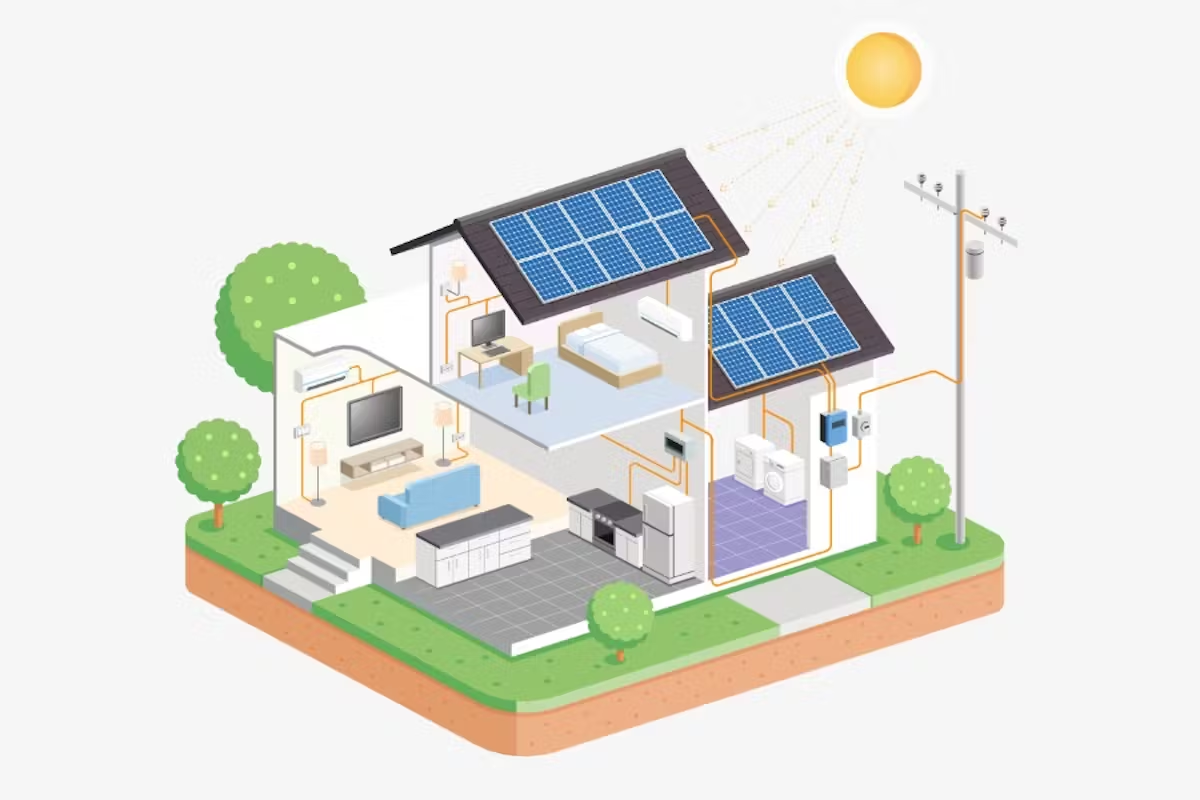Solar Tracking Systems–Maximizing Energy Output
What Are Solar Tracking Systems? Solar tracking systems adjust the position of solar panels throughout the day to follow the sun's path. By ensuring that the panels are always at the optimal angle, solar tracking systems can increase the energy yield of solar installations by up to 25%.
Building-Integrated Photovoltaics (BIPV) – Solar as a Building Material
What Is BIPV? Building-integrated photovoltaics (BIPV) are solar systems that are integrated directly into the architecture of buildings. This includes solar roofs, windows, and facades that not only generate electricity but also serve as part of the building's structural components.
Quantum Dot Solar Cells – The Future of Solar Efficiency
What Are Quantum Dot Solar Cells? Quantum dot solar cells use tiny semiconducting particles called quantum dots to capture light. These quantum dots can be tuned to absorb a wider range of the solar spectrum, improving the overall efficiency of the cell.
Solar Energy and AI – Intelligent Solar Systems
What Role Does AI Play in Solar? Artificial intelligence (AI) is being integrated into solar energy systems to optimize performance. AI can analyze weather patterns, energy production data, and even predict maintenance needs, helping to increase efficiency and reduce operational costs.
Advantages:
- Improved performance monitoring and predictive maintenance
- Real-time optimization of energy production
- Reduces the need for separate solar installations
- Enhanced forecasting of energy generation
- Seamless installations
- Ideal for urban environments with limited land space
